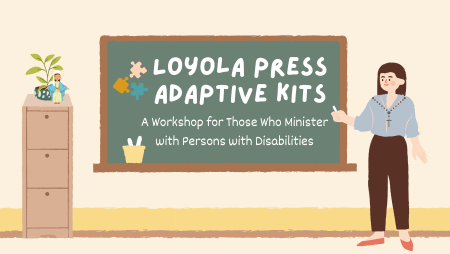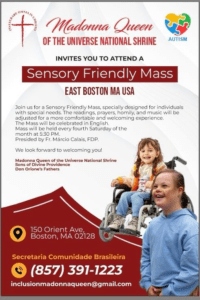Due to misunderstanding or unfamiliarity, people are often unsure of the appropriate language that should be used when talking with or about individuals with disabilities. Here are some suggestions of how to utilize appropriate language and behavior. Only refer to the disability when it is relevant to the conversation.
People often refer to a person’s disability when it is unnecessary. This behavior often equates the person’s identity with their disability.
Use People-First Language when Applicable
Persons with disabilities should be addressed and understood primarily as human beings with individual interests, strengths, and personalities.
Talk Directly to the Person
Always assume an individual with a disability can advocate for themselves, understand you, and communicate with you.
Avoid Categorizing a Group
Every disability is different and every person with a disability is different. Always remember to individualize the way you speak, think, and interact with a person with a disability.
Educate Yourself on Words that are Appropriate and Inappropriate
Outdated or inaccurate words perpetuate negative stereotypes. These stereotypes tend to generalize individuals with disabilities into one group or label them as individuals to be pitied. Since these words are often used due to misunderstanding or unfamiliarity, it is important to familiarize yourself with words that reflect the dignity of the person you are speaking about.
General Examples of Appropriate Language and Language to Avoid:
| Appropriate Language | Language to Avoid |
| Person with a disability | Disabled, handicapped |
| Person without a disability | Normal person, healthy person |
| Person with an intellectual, cognitive, or developmental disability | Retarded, special needs person |
| Person with Down Syndrome | Mongoloid |
| Person who has a communication disorder or uses a device to speak | Mute |
| Person who is blind | Blind person |
| Person with a physical disability | Crippled, deformed |
**The Deaf community does not see deafness as a disability, but rather see themselves as a cultural and linguistic minority. A capital “D” is used by individuals who identify as being culturally Deaf. While lower case “d” deaf used to label the audiological condition.


